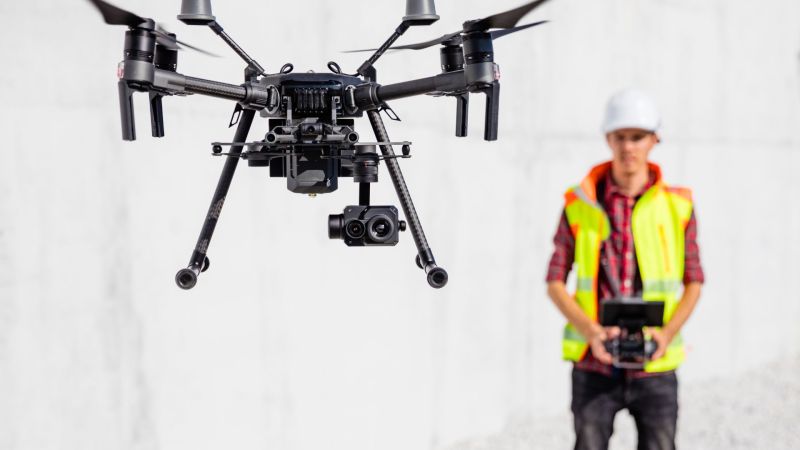The European Aviation Safety Agency (EASA) has published the first guidelines worldwide for measurement of noise levels for drones below 600 kg. This first proposal world-wide is applicable to a wide variety of drone designs including multicopters, fixed-wing aircraft, helicopters and powered-lift aircraft. Comments are welcome until January 13, 2023.
These guidelines aim at providing harmonised procedures to measure the noise of drones used in the low and medium-risk operations of the ‘specific’ category. This will contribute to a high, uniform level of environmental protection and prevent significant harmful effects of noise on human health in the EU, as mandated by the EASA Basic Regulation.
These guidelines are to be used on a voluntary basis and do not constitute applicable requirements for the certification of drones. They intend to close the gap relating to noise measurement standards in the ‘specific’ category. Operations within this category might include activities such as package deliveries, powerline inspections, bird control, mapping services, aerial surveillance or roof inspections.
“These new types of aircraft will be used in a wide variety of locations and introducing unfamiliar sounds which vary with the diversity of design,” said EASA Certification Director Rachel Daeschler. “EASA recognises that noise is a concern for many European citizens. These guidelines aim to offer a consistent measurement method and will help set expectations for manufacturers, national aviation authorities and other relevant authorities.”
As one example, National Aviation Authorities could utilise these guidelines as a basis for requesting operators to use drones with reduced noise emissions when operating in sensitive environments such as natural parks or in populated areas.
These guidelines can also be used by drone manufacturers, operators or noise measurement organisations to establish noise levels associated with particular designs and operations. It is recommended that the resulting noise levels be reported to EASA, which later intends to build an online public repository available to operators and competent authorities.
The proposed procedures are the outcome of several years of drone noise studies conducted by EASA, taking into consideration the technical aspects as well as human perception of drone noise (psychoacoustics). They are designed to provide repeatable and accurate noise measurements, and to allow for a fair comparison between various drone designs. They are relevant to the operations of the specific category, while remaining proportionate (in complexity and cost) to the design of such drones.
The proposed guidelines are open to public consultation until January 13, 2023. Comments can be submitted through the Comment Response Tool (CRT).
For more information visit:




